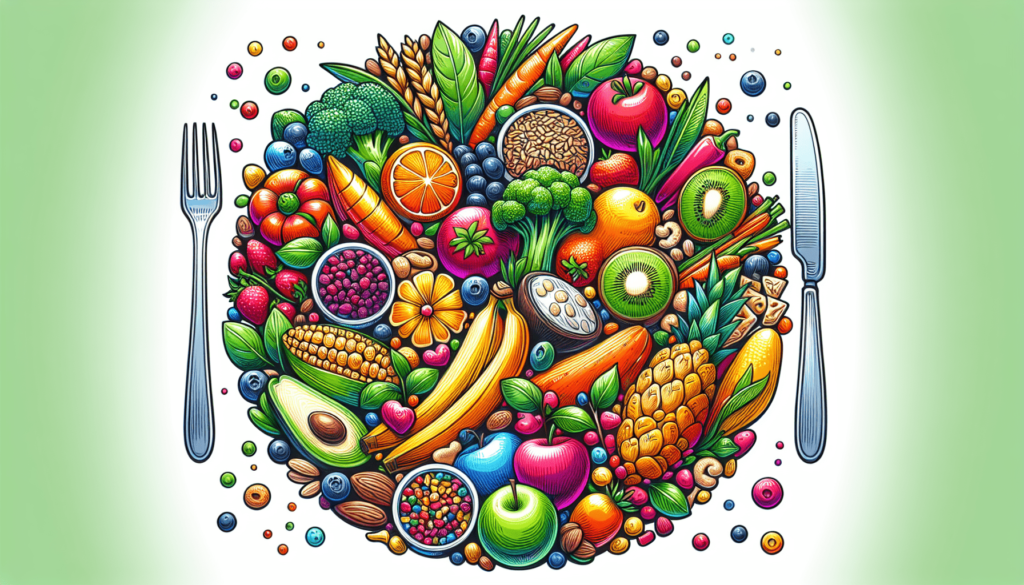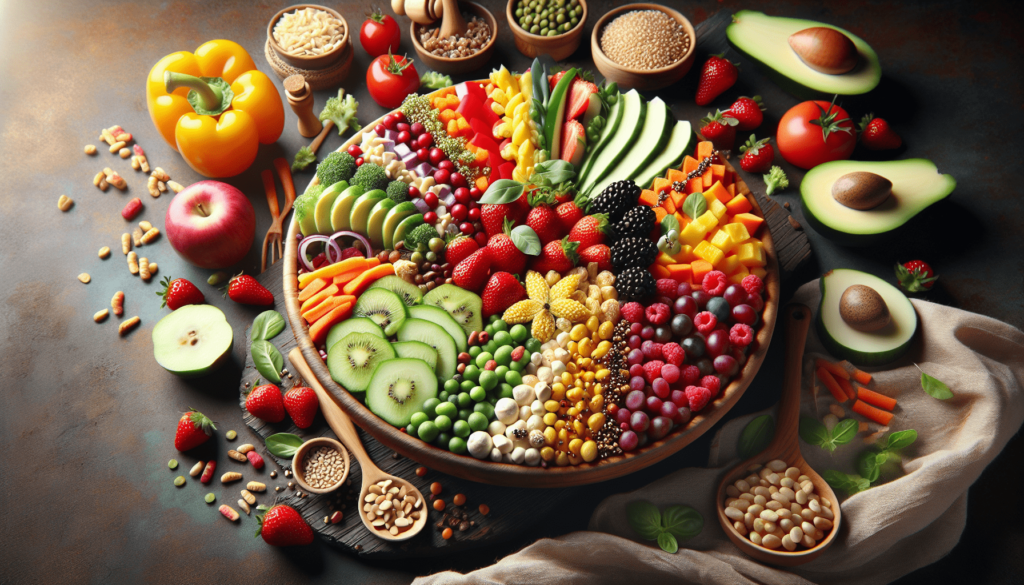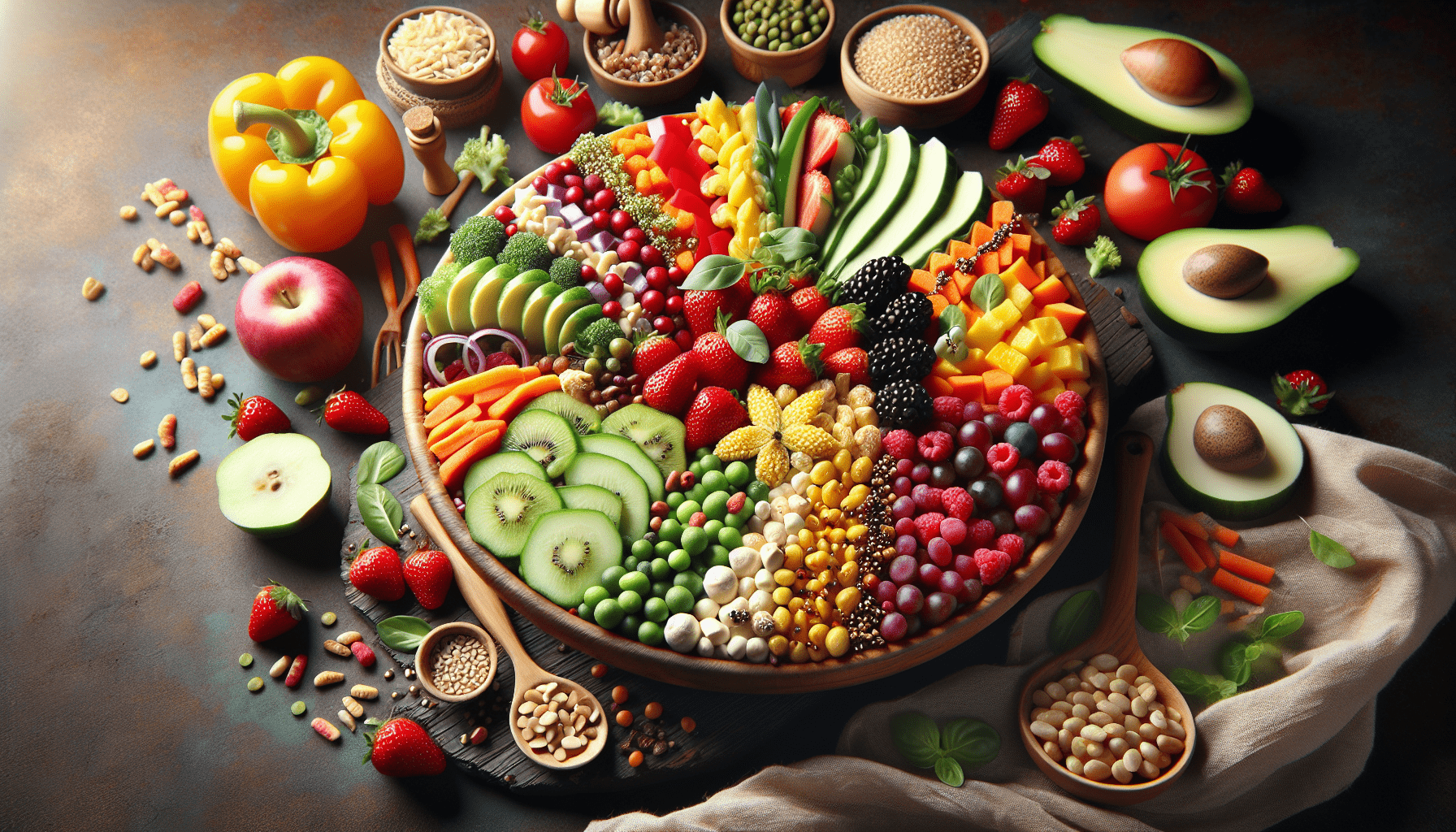Have you ever faced the daunting task of preparing meals for children with allergies? It’s an experience that requires meticulous attention to detail, especially when the well-being of little ones is your priority. Finding allergy-friendly meals can be challenging, but knowing some of the most common and safe options can make this process easier and even enjoyable.

Understanding Childhood Allergies
Before we explore allergy-friendly meals, it’s important to grasp what childhood allergies entail. Allergies occur when your immune system reacts to a foreign substance. For children, the most common allergens include peanuts, tree nuts, milk, eggs, wheat, soy, fish, and shellfish. Being aware of these can help you make informed choices for meals that are both nutritious and safe.
The Importance of Allergy Awareness
Understanding allergies is the first step in keeping children safe and healthy. An allergic reaction can range from mild to severe, with symptoms such as rashes, hives, or even life-threatening anaphylaxis. This makes it crucial to recognize what ingredients and foods to avoid. When preparing meals, always read labels carefully and be conscious of cross-contamination.
Safe Ingredient Substitutions for Common Allergens
Creating delicious meals while avoiding potential allergens requires some creativity with ingredients. Here, we’ll explore some common and effective ingredient substitutions.
Milk Alternatives
For children allergic to cow’s milk, there are several excellent alternatives. Soy milk, almond milk, oat milk, and rice milk often serve as good substitutes, though it’s essential to choose based on other allergies. These alternatives can be used in cooking, baking, and as a beverage.
Egg Substitutes
Eggs can often be replaced in recipes using ingredients such as applesauce, mashed bananas, or commercial egg replacers. One tablespoon of chia seeds or ground flaxseed mixed with three tablespoons of water per egg is another popular substitute.
Nut-Free Options
When nuts are off the table, seeds like sunflower or pumpkin seeds can offer a similar nutritional profile and crunch. For spreads, consider sunflower seed butter or soy nut butter.
Wheat and Gluten-Free Flours
Those with wheat allergies or celiac disease can opt for gluten-free flours such as rice flour, almond flour, or coconut flour. It might require some experimenting to get the texture just right, but these alternatives often serve as suitable substitutes.
Creating Allergy-Friendly Meals
Let’s focus on crafting some tasty, kid-friendly meals that exclude common allergens while still packing in nutrition and flavor.
Breakfast Ideas
Starting the day with a healthy meal is crucial, and there are plenty of allergy-friendly options to consider.
Oatmeal with Fruit
Using gluten-free oats, cook up a warm bowl of oatmeal. Top it with fresh fruit like berries or banana slices, and add a drizzle of honey or maple syrup for sweetness. You can also sprinkle some cinnamon for added flavor.
Smoothie Bowls
Blend together a banana, a cup of your choice of milk alternative, and a handful of greens like spinach. Pour this base into a bowl and top with allergy-friendly ingredients like sliced strawberries, blueberries, and chia seeds.
Lunchtime Favorites
Lunch is a great opportunity to experiment with vibrant, nutritious dishes that cater to allergy needs.
Quinoa Salad
Mix cooked quinoa with a variety of fresh veggies such as cucumber, cherry tomatoes, and bell peppers. Add some olive oil, lemon juice, and herbs for a refreshing taste. Season with salt and pepper to taste.
Grilled Chicken Wraps
Use a gluten-free wrap or tortilla, and fill it with grilled chicken slices, lettuce, and avocado. You can add a dairy-free dressing or hummus for extra flavor.
Dinner Delights
Dinner can often be the most elaborate meal of the day, yet it can remain allergy-friendly and appetizing.
Stir-Fried Vegetables and Rice
Stir-fry a mix of vegetables such as carrots, broccoli, and snap peas in olive or sesame oil. Add cooked rice and a splash of gluten-free soy sauce or coconut aminos. Season with ginger and garlic for a delightful dish.
Vegetable and Bean Chili
Cook a hearty chili using kidney beans, black beans, tomatoes, and a variety of vegetables. Season it with chili powder, cumin, and oregano. This dish is not only filling but packed with protein and fiber.
Snack Solutions
Even snacks can be allergy-friendly without compromising on taste and nutrition.
Apple Slices with Sunflower Seed Butter
Slice up a fresh apple and serve with sunflower seed butter on the side as a satisfying and simple snack.
Rice Cakes with Avocado
Top a rice cake with mashed avocado and sprinkle a bit of salt and pepper for a crunchy and satisfying treat.
Dessert Options Without Allergens
Ending a meal with a sweet can be safe and delectable, even with allergies in mind.
Fruit Popsicles
Blend together ripe fruits such as mango, pineapple, or raspberries. Pour the mixture into molds and freeze until solid. These homemade popsicles are refreshing and naturally sweet.
Chia Seed Pudding
Mix chia seeds with coconut or almond milk, add a touch of vanilla extract and a sweetener of choice. Let this set in the fridge overnight, and top with fresh fruit for a creamy dessert.

Crucial Tips for Managing and Cooking Allergy-Friendly Meals
Cooking for allergy-sensitive children takes vigilance and care. Incorporate these tips into your meal preparation routines.
Reading and Understanding Labels
Always read ingredient lists, and be aware of labeling for potential cross-contamination risks. Some foods may be processed in facilities that handle allergens even if they themselves don’t contain them.
Cross-Contamination Awareness
Cross-contamination can happen when allergens touch a child’s food. Clean surfaces, utensils, and cooking equipment thoroughly to prevent mixing.
Involving Children in the Process
Including children in meal planning and preparation can be educational and empowering. It also helps them understand their allergies better and creates positive, engaging experiences around food.
Keeping Communication Open
If your child has allergies, clear communication with caregivers, family members, and teachers is essential. They should be informed about your child’s specific allergies and understand how to handle allergy-induced situations.
Conclusion
Navigating the world of allergies while feeding children doesn’t have to be a stressful endeavor. By understanding allergies, making smart ingredient substitutions, and preparing allergy-friendly meals, you can provide delicious, safe nutrition that keeps kids both happy and healthy. What’s crucial is to always stay informed, be cautious, and keep experimenting with new recipes and substitutions. You might discover new family favorites along the way!
